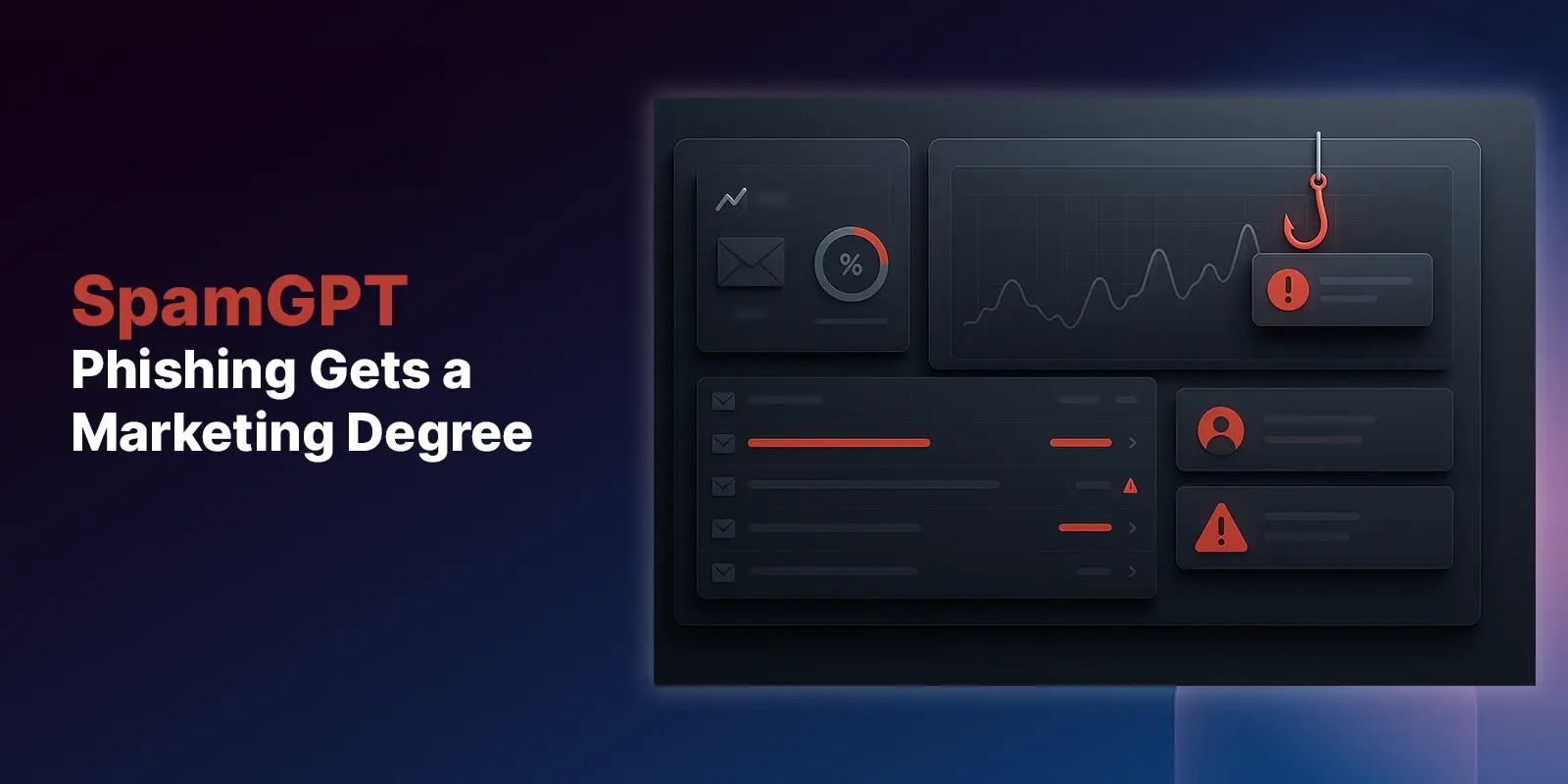Table of Contents
State and local government agencies store, utilize, and send massive amounts of sensitive information on a daily basis. When handling data such as personal and financial records and other significant documents that help keep these local governments running efficiently, cybersecurity is critical. One element of protecting government data is strengthening the agency’s email security.
Recently, in Aug 2022, an investigation was launched after criminals stole $4 million in federal housing funds from the city of Lexington, Kentucky, in a BEC attack. Unfortunately, this isn’t uncommon. One report notes that “almost half of phishing attacks target government employees.”
In this article, we’ll reveal the importance of building a strong email security plan for government agencies and provide tips on how IT and Security teams tasked with protecting sensitive data can ease some of the workload with modern email security solutions.
Why State and Local Governments Should Prioritize Email Security
Protect Sensitive Information
State and local governments store and transfer a lot of sensitive data. Any breach not only costs the agency money but also impacts the citizens and the people the agency is serving. Since over 90% of cyber-attacks originate from phishing emails, implementing an effective email security strategy is vital for protecting sensitive information and minimizing the risk of cyber criminals gaining access to the data and holding it for ransom.
Improving productivity
Fighting phishing is a time-consuming, often manual process. According to a recent Osterman report, on average, Security and IT professionals spend 27.5 minutes dealing with a single phishing email. Assuming that the phishing threat wasn’t a one-off, the time spent detecting and remediating these threats only compounds when dealing with polymorphic attacks.
But it’s not just the productivity of Security and IT teams impacted by phishing threats. Without a proper email security strategy and solution in place, all public sector employees’ productivity is interrupted by phishing emails. Even if a security-aware employee identifies a threat, their focus is shifted to reporting the threat to the correct team—assuming they know the appropriate process.
3 Tips to Preventing Advanced Phishing Attacks
1. Don’t Rely on Your Email Carrier
Many email carriers have built-in security features to help reduce phishing threats, but these are generally lightweight and only protect against known threats. Additionally, while Secure Email Gateways (SEGs) have been the standard solution for email security in the past, they are no longer effective in filtering out advanced threats.
Utilizing a third-party email security solution helps build a defense-in-depth approach, and with email security being the main focus of their business, they are able to devote more time to developing features to block threats as they develop.
2. Leverage Artificial Intelligence
Criminals change their phishing tactics quickly. An attacker can adapt to the same threat and send different messages or emails to multiple city employees, hoping to avoid detection. Unfortunately, this creates more work and challenges for the IT and security teams to comb through the entire environment and find the different permutations of the same attack.
Leveraging the AI and ML of modern email security tools can help IT, and security professionals automatically remove suspicious emails from your user's inbox, but many of them learn and adapt to evolving threats.
3. Train Employees
Even with AI in place, technology isn’t perfect. While AI does a great job of blocking up to 99% of phishing emails, the 1% that slip through can still cause damage. This is why it’s critical to train your employees regularly on what current phishing threats look like, what to look for, and how to report them.
But training isn’t enough either. IT and security admins should test their workforce by launching phishing simulation tests to identify vulnerabilities and fine-tune their training.
How IRONSCALES Helps State and Local Governments Fight Phishing
Powerful Phishing Protection
An AI-only approach isn’t enough to protect against a phishing attack. By combining AI, machine learning, and human insight, IRONSCALES addresses 100% of the problem with anti-phishing protection, phishing simulation testing, and security awareness training.
IRONSCALES goes beyond links and attachments and scans the content to understand the intent of the sender’s message if it is normal communication. This helps stop advanced phishing and social engineering attacks like BEC.
Simple Setup and Maintenace
IT and Security professionals have a lot more to worry about than dealing with phishing emails. IRONSCALES is not only easy to set up—generally taking a few minutes—it can also be customized to automatically mitigate threats that meet a certain threshold where our AI, Themis, is confident that a threat is a phishing email. Whether an admin removes the phishing email or Themis does, our platform will search for polymorphic attacks throughout the environment and remove them from the user’s mailbox.
Adaptive to Emerging Threats
Criminals are often early adopters of new technology to help them gain an advantage. As old methods fizzle out, they evolve their strategies and apply new technology to avoid detection and increase their odds of success.
IRONSCALES protects against emerging threats by identifying trends and taking feedback from its community of IT and Security professionals. Additionally, IRONSCALES recommends and provides content for phishing simulation campaigns based on seasonal events and market trends. With these recommendations, security and IT leaders can quickly launch campaigns to keep their employees aware of modern threats.
Request a demo to learn more about how IRONSCALES can help protect your state and local government against phishing threats.
Explore More Articles
Say goodbye to Phishing, BEC, and QR code attacks. Our Adaptive AI automatically learns and evolves to keep your employees safe from email attacks.

/Concentrix%20Case%20Study.webp?width=568&height=326&name=Concentrix%20Case%20Study.webp)










.webp?width=100&height=100&name=PXL_20220517_081122781%20(1).webp)




.png)
